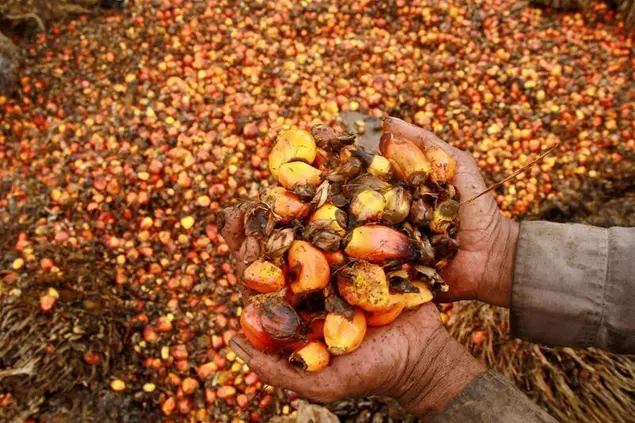PHOTO
The local palm oil industry holds bright prospects for growth especially in the European Union (EU) market, leading players said.
At the recently concluded National Palm Oil Congress in Davao City, Ares Merchants Philippines Inc. (AMPI), a leading supplier of vegetable oils, noted significant improvements in local palm oil production and indicated the possibility of further growth.
'Strong global demand for our locally produced coconut oil in the EU has created a gap in the local vegetable oil market. Palm olein is the most economical substitute,' said AMPI managing director Jose Leonardo Tanada.
He also expressed optimism about the industry's expansion, citing an annual increase of 2,500 to 5,000 hectares in palm oil cultivation. 'This growth will help address the underutilized capacity of our palm oil manufacturers.'
According to the Department of Agriculture's Philippine Palm Oil Industry Roadmap 2024-2033, production is on the rise.
The area planted with palm oil has grown from around 53,000 hectares in 2022 to approximately 63,000 hectares in 2023. Region XII leads in production with 33 percent of total area, followed by the Caraga Region with 27 percent.
Tanada emphasized the need for ongoing government support to sustain industry growth until farmers can achieve profitability. 'Under optimal conditions, palm oil plantations start producing fruit after three to four years and continue for 25 years. The PCA and private entities should provide financial support during this gestation period,' he explained.
He also highlighted the importance of balancing domestic production with palm oil imports. Despite increased local production, the Philippines remains a significant importer relative to its output.
'Encouraging local production creates jobs for Filipinos, but imports are crucial to prevent hoarding and mitigate potential inflationary issues for the country.'
Industry experts have identified about one million hectares available for palm oil cultivation, with 98 percent located in Mindanao. Caraga alone holds approximately 40 percent of the total prospective area for palm oil production. The Philippines currently faces a surplus in milling capacity, with current production at only around 180 metric tons per hour compared to the total capacity of 275 metric tons per hour.
Copyright © 2022 PhilSTAR Daily, Inc Provided by SyndiGate Media Inc. (Syndigate.info).
